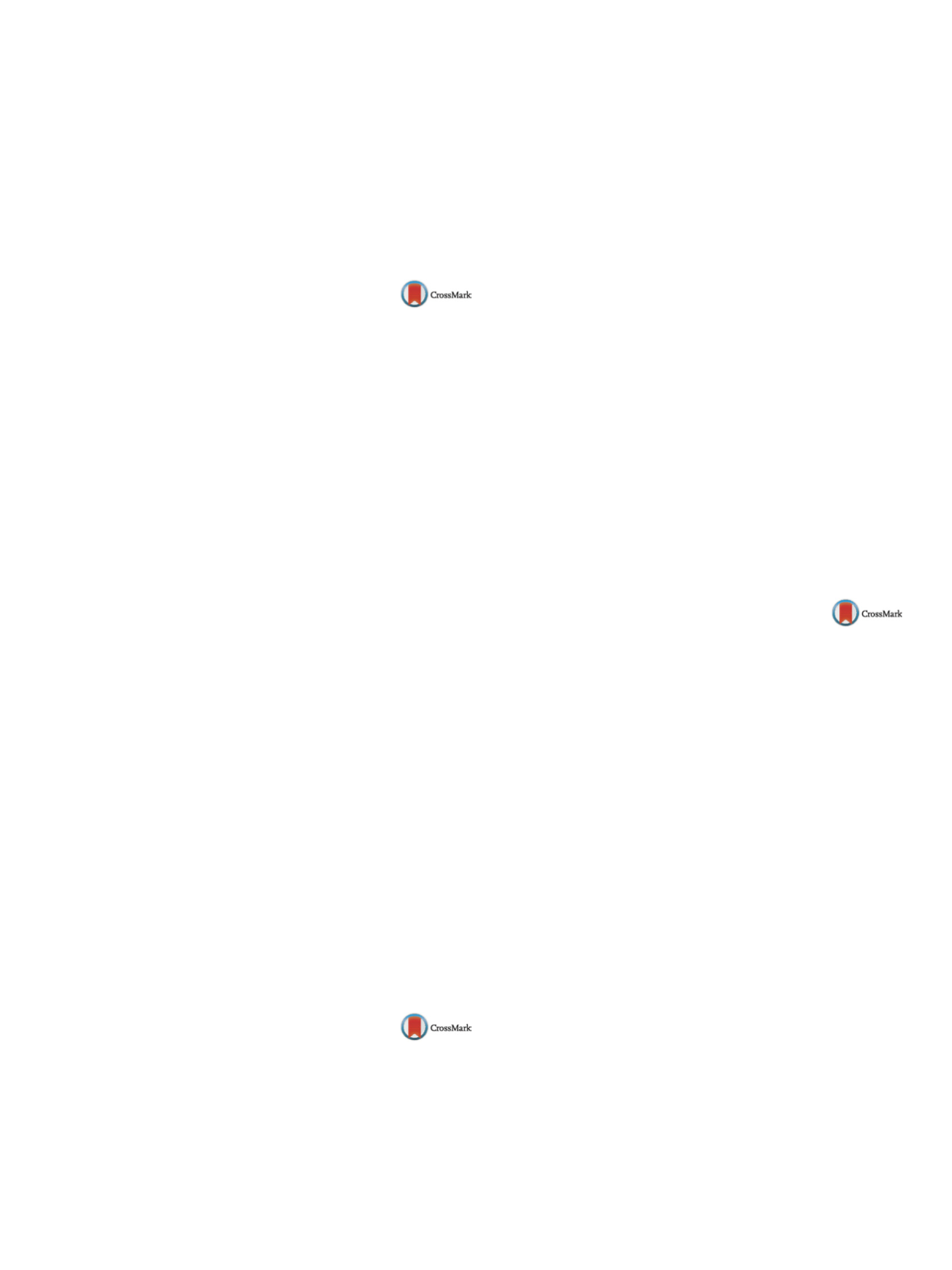

25th European Congress of Psychiatry / European Psychiatry 41S (2017) S583–S644
S629
Results
EEGpower analysis showed that FTDgroup had increased
frontal and temporal theta as compared to the BDgroup. Therewere
no consistent group differences for other bands.
Conclusion
Based on this result we conclude that quantitative
EEG may help differentiating BD from FTD and may eliminate diag-
nostic uncertainty.
Disclosure of interest
The authors have not supplied their decla-
ration of competing interest.
http://dx.doi.org/10.1016/j.eurpsy.2017.01.1021EV0692
The effects of medication on default
mode network (DMN) connectivity in
attention deficit/hyperactivity
disorder (ADHD): Bibliographic review
V. Pereira
∗
, P. de Castro-Manglano
Clinica Universidad de Navarra, Psychiatry and Medical Psychology,
Pamplona, Spain
∗
Corresponding author.
Introduction
ADHD is a neurodevelopmental disorder compris-
ing brain structural and functional alterations, especially in default
mode network (DMN), as MRI studies have recently shown. How-
ever, it is not clear in which extent medication for ADHD may
influence the activity of these networks.
Objectives
The main purpose is to look up published evidence
about the effects of ADHD medication on the connectivity of DMN
in patients as measured with functional-MRI.
Methods
A review was conducted with Pubmed, using
search terms ‘default mode network’+ ‘ADHD’ + ‘medication’/
‘methylphenidate’/‘atomoxetine’/‘stimulant’/‘lisdexanfetamine’.
Original research studies in English using f-MRI to assess DMN con-
nectivity in ADHD patients were included in amore comprehensive
review.
Results
The searches found 124 articles, 8 meeting the review
criteria. A total size of 146 ADHD patients was comprised (mean
size: 18.25 patients). Three studies used specific resting-state f-
MRI. Seven were drug trials, 3 of them short-term, randomized and
controlled ones. Six included methylphenidate, 2 atomoxetine, 1
lisdexanfetamine and 3 amphetamines. Two also assessed drugs
clinical effects. Evidence seems heterogeneous, but mostly consis-
tent with normalizing drug effects on DMN in patients (in some
studies also compared with healthy controls), associated with a
measured clinical improvement in one study with amphetamines
and onewith atomoxetine. One trial found little differences onDMN
activity.
Conclusions
Psychostimulant drugs and atomoxetine are clin-
ically effective medications; DMN connectivity may partially
explain their action mechanisms and constitute a potential
response predictor. Further f-MRI studiesmight more deeply assess
the imaging-clinical relationships for each drug.
Disclosure of interest
The authors have not supplied their decla-
ration of competing interest.
http://dx.doi.org/10.1016/j.eurpsy.2017.01.1022EV0693
Dynamic of NAA and BOLD after single
short stimulus in motor cortex of
Schizophrenia patients
M. Ublinskiy
1 ,∗
, N. Semenova
1, I. Lebedeva
2, T. Akhadov
11
Children’s Clinical and Research Institute Emergency Surgery and
Trauma, Radiology, Moscow, Russia
2
Psychiatry, National Mental Health Research Centre of the Russian
Academy of Medical Sciences, Psychiatry, Moscow, Russia
∗
Corresponding author.
Introduction
The aim of this study was the analysis of dynam-
ics of motor cortex metabolite in the norm and in early stage of
schizophrenia in period of BOLD response to event related single
stimulus.
Objectives
The patients group consisted of 9 mails of 16–28 years
old in initial stage of schizophrenia and in remission. The group of
9 age matched healthy mails was used as a control.
Methods
Phillips Achieva 3.0 T scanner was used for the study.
Volume of interest in motor cortex was localized on the base of
fMRI. 1
Н М
R spectra were run using synchronization of FID sig-
nals acquisition (PRESS, TE = 30ms TR = 3000ms) with dynamics of
BOLD response at the same paradigm.
Results
The BOLD signal in both groups demonstrated maximum
at the 6th s after target stimulus, however its value was reliably
lover in schizophrenia in comparison with the control. The only
[NAA] in normal motor cortex was changed after stimulation. The
stable values of [NAA], [Cr] and [Cho] were observed in dynamic
of resting state as well. [NAA] in normal cortex statistically sig-
nificantly decreased at the 12th s after stimulus presentation and
returned to initial value at the 15th s.
Conclusion
Different behavior of [NAA] in the norm and
schizophrenia might be related with a difference in location (or
activity) of aspartoacylaze (ASPA). Decreased expression of gluta-
mate transporters in schizophrenia could also reduce consumption
of NAA as a source of acetate in synthesis of AcCoA which is used
for restoration of ATP.
Disclosure of interest
The authors have not supplied their decla-
ration of competing interest.
http://dx.doi.org/10.1016/j.eurpsy.2017.01.1023EV0694
Normal pressure hydrocephalus as a
possible reversible cause of dementia,
neuroimaging findings
A. Zacharzewska-Gondek
1 ,∗
, T . Gondek
2 , M.S˛asiadek
1 ,J. Bladowska
11
Wroclaw Medical University, Department of General and
Interventional Radiology and Neuroradiology, Wroclaw, Poland
2
Wroclaw Medical University, Department of Psychiatry, Wroclaw,
Poland
∗
Corresponding author.
Introduction
Normal pressure hydrocephalus (NPH) occurs in
0.5% of persons over 65 years old. The etiology of NPH is still
unknown. Clinically NPH is characterised by cognitive deteriora-
tion, gait impairment and urinary incontinence. NPH is a possible
reversible cause of dementia. Neuroimaging techniques such as
computed tomography (CT) andmagnetic resonance imaging (MRI)
allow to assess typical brain changes in this disorder.
The objectives are to present the typical findings of NPH on CT and
MRI and to demonstrate differences betweenNPH and central brain
atrophy in neuroimaging.
Results
The imaging features of NPH include: supratentorial ven-
triculomegaly with callosal angle less than 90o, tight sulci at the
vertex and considerable out of proportion enlargement of Sylvian
fissures. In case of central brain atrophy there may be a predomi-
nance of ventriculomegaly and/or widened sulci without crowding
of the gyri at the vertex and callosal angle greater than 90o. In both
entities, the decrease of density in periventricular region may be
seen: in NPH could be a sign of transependymal oedema or in brain
atrophy as an accompanying leukoaraiosis. Additionally, it is pos-
sible to assess changes in flow of cerebrospinal fluid (CSF) on MRI:
in NPH an increased pulsatile CSF circulation in aqueduct as flow
void sign may be observed.
Conclusions
Correct diagnosis of NPH on CT or MRI in relation
to clinical data is very important. Treatment with ventriculoperi-
toneal shunt or third ventriculostomy may partially improve the


















